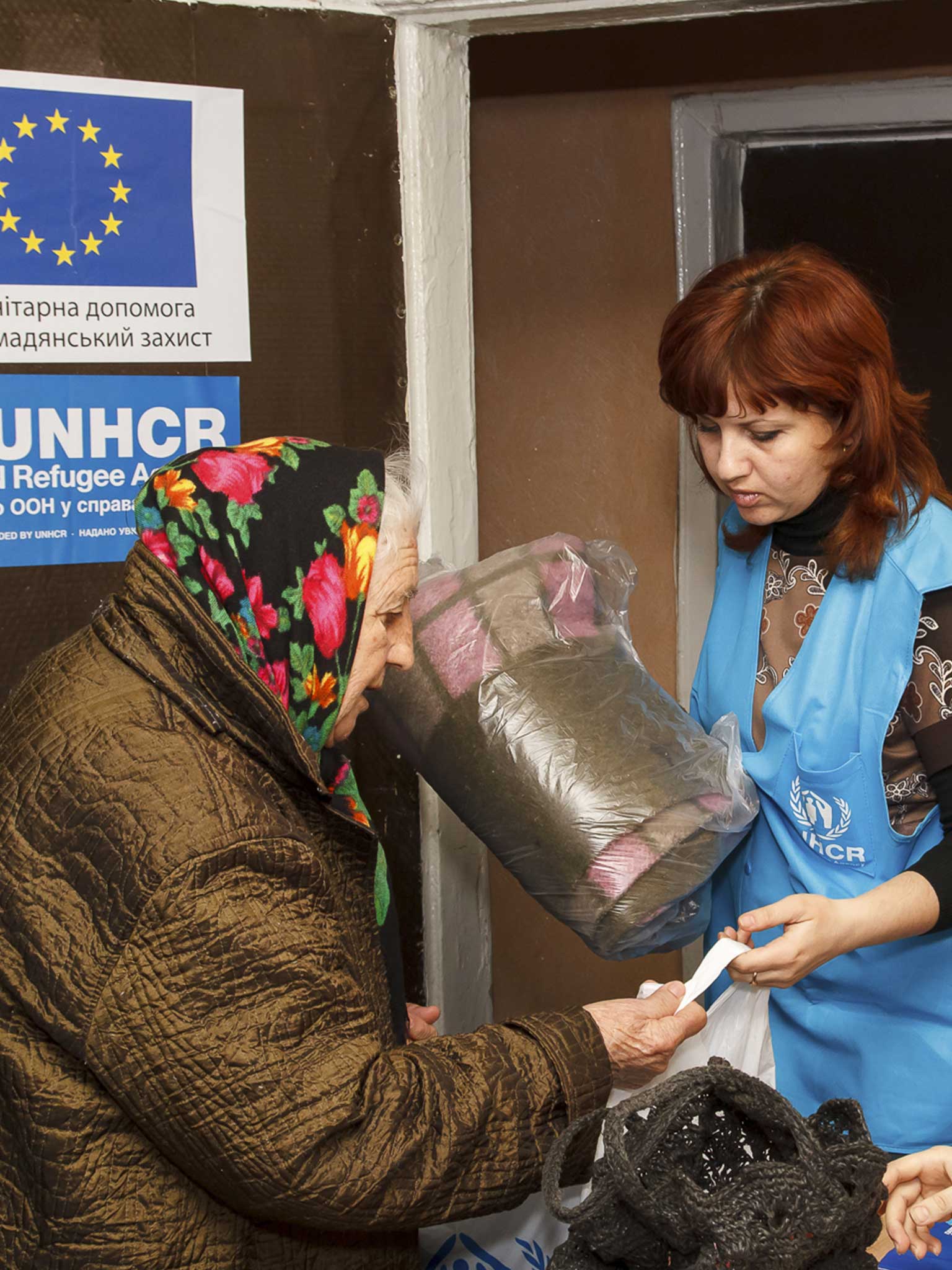Meeting age and gender needs
Meeting age and gender needs
The impact of a humanitarian crisis can differ significantly depending on person’s age and gender. Phenomena such as gender-based violence and sexual exploitation also tend to increase in the immediate aftermath of an emergency. In addition, cultural norms in different parts of the world can play a role in how men, women and children cope with emergencies.
All this means that complex social issues relating to gender and age – as well as specific needs – must be taken into account when planning humanitarian interventions.
The EU tailors its assistance according to these requirements. The necessary adaptations are often quite straightforward, such as building separate toilet and washing areas for men and women, or making sure food packages can be carried by older people and children.
Protecting vulnerable groups is another priority. For example, the EU funded a food security project in the Democratic Republic of the Congo, providing fuel-efficient stoves so that women spent less time searching for wood in areas where they were at risk of sexual violence.
The EU also encourages all beneficiaries to have their say when humanitarian actions are being assessed, designed and implemented.

